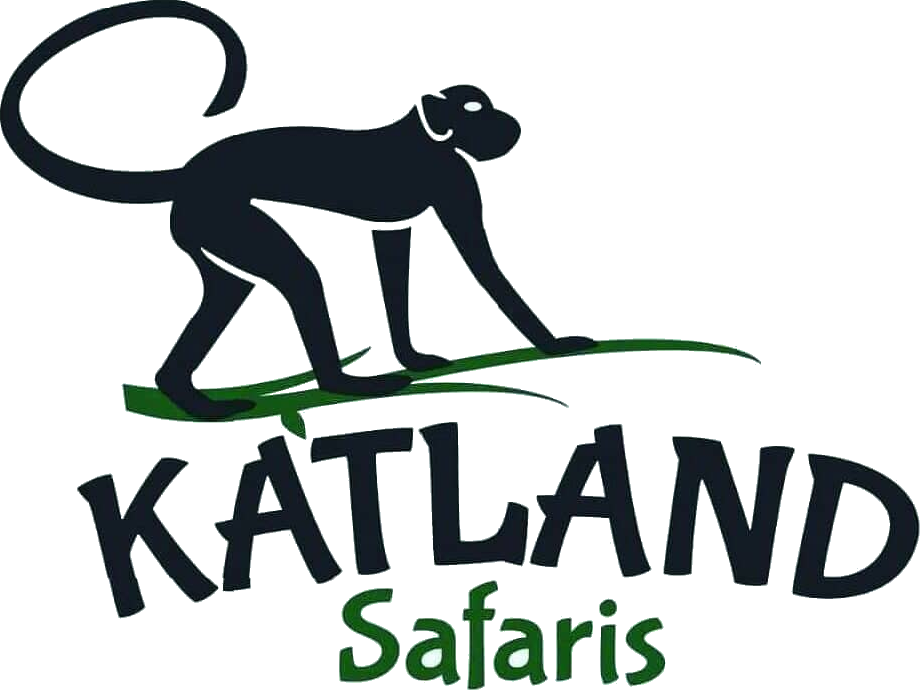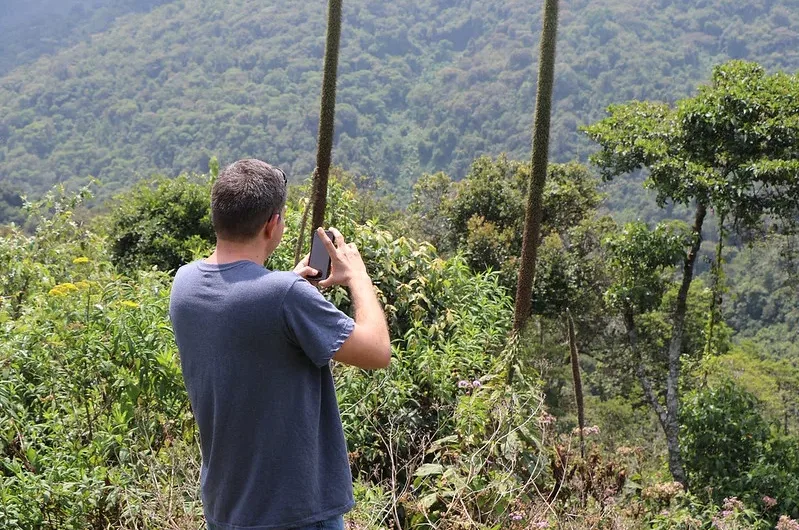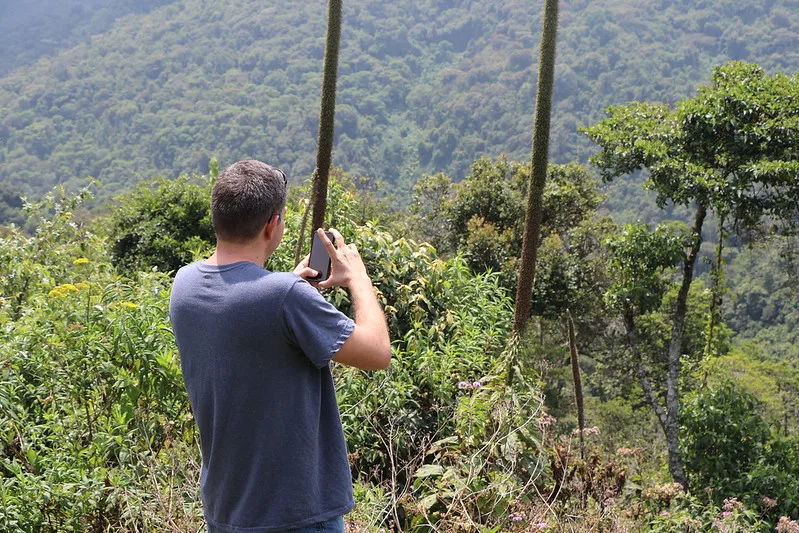Best time to trek Chimps in Gishwati-Mukura National Park
Gishwati-Mukura National Park Offers More Than Just a Nature Walk.
You may explore the forest on foot along one of the park’s many well-marked paths; on a guided nature walk, you can get up close and personal with the forest’s natural splendor while also seeing animals such as monkeys, chameleons, insects, birds, and butterflies. Bamboos, ferns, Macaranga kilimand, mahogany, and orchids are among the more than sixty tree species that may be found here. Macaranga, polyscias fulva, dombeya torrida, eucalyptus, and hagenia abyssinica are some of the newly imported species that you will be able to see in the park.
Tracking primates
Primates such as baboons, L’Hoest’s monkeys, blue monkeys, and golden monkeys may be seen on primate tracking excursions at Gishwati-Mukura National Park. Just like at other parks, primate tracking here begins with a safety briefing before you head out into the forest with a park ranger to look for the monkeys. Along the way, you might see birds and duikers, among other mammals.
Bird watching
Rwanda is home to some of the world’s finest birding locations, including Gishwati-Mukura National Park. The Albertine Rift is home to more than 232 different bird species, including 15 that are unique to the area. These include the Grey Crowned Crane, Martial Eagle, Mountain Yellow Warblers, Purple-breasted Sunbird, Red-throated Alethe, Regal Sunbird, Ruwenzori Turaco, Wood hoopoes, Strange weavers, Weaver birds, and the Stripe-breasted Tit.
A Poke at the Waterfall
As one of the top hiking trails in Gishwati-Mukura National Park, a visit to the waterfall will lead you to the Kazeneza waterfall in the park’s center, where you can take in stunning views and do some sightseeing.
Pedaling along the Congo Nile Trail on two wheels.
When it comes to riding in East Africa, this path is among the top options. The route begins in the Nyungwe forest and continues along the Lake Kivu beach.
Join us for a variety of community-based activities that will bring you face-to-face with the local communities and their incredible ways of survival—from beekeeping and farm stays to live cultural dances, crafts, and the chance to learn from traditional healers. These fascinating people use plants as a supplement to modern medicine and synthetic drugs.
A guide to getting to Gishwati-Mukura National Park
The park is around a two-hour drive from Kigali. A chartered aircraft from Kigali to Gishwati-Mukura is a possibility for those interested in flying. You may combine a visit to Gishwati with gorilla trekking in Uganda since this park is accessible from both Bwindi Impenetrable Forest National Park and Mgahinga Gorilla National Park in Uganda.
Accommodations in Gishwati-Mukura National Park–Where to Stay
There are currently no campgrounds or other forms of lodging available in the national park because it is so young. The Gishwati Lodge is the ideal place to stay when visiting Gishwati-Mukura National Park. This resort is the epitome of opulence.
The Gishwati-Mukura National Park has the biggest lodge. Because the six luxury chalets at Gishwati Lodge can only accommodate a maximum of fifteen visitors at a time, we advise making your reservation at least one month in advance of your planned park visit.
Since it is just a half-hour drive to Volcanoes National Park, you might also choose to stay in Kivu, Rubavu, or any nearby town.
The benefits of using Katland Safaris for your chimpanzee trekking in Gishwati-Mukura National Park.
The office and field staff at Katland are well trained and ready to answer any questions or concerns you may have. Both SafariBookings and TripAdvisor had nothing but praise for us. You can depend on the finest and most up-to-date information on our website, making it a great starting point for your preparations for your Chimpanzee journey. Owned and operated by Ugandans with extensive experience exploring Rwanda, Katland Safaris is a team that offers what they know.


